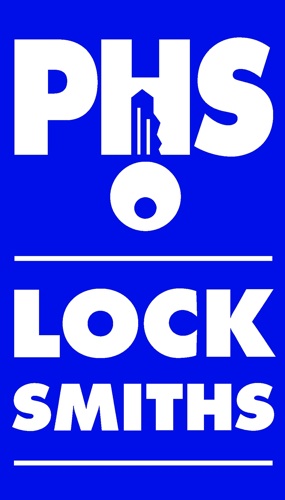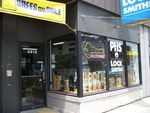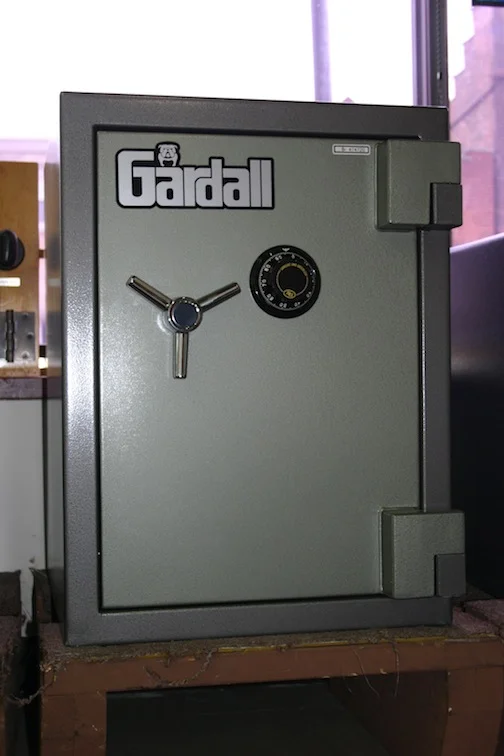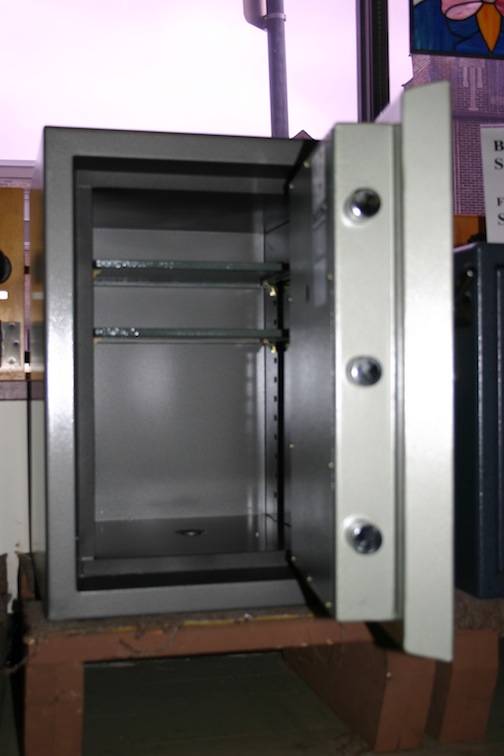I always thought of the cheap "safes" as "Please Steal Me Boxes" (they really shouldn't be called "safes"). What's a "Please Steal Me Box"? A "Please Steal Me Box" is generally any "safe" that's under $200 and can be easily carried by a single person. After all, you're putting your valuables in a convenient, easy to carry, easy to open box. The thief now only needs to grab a single box to get everything rather than rummaging around to find your valuables.
In addition to storing valuables, these are also often used as gun safes. As the article on Forbes "Unsafe Gun Safes Can Be Opened By A Three-Year Old" points out, any safe that a three-year old can open should NOT be used to store guns. In fact, there's a great video on that article of a toddler "bumping" open one of these safes.
We've been selling quality home and office safes since 1982. We have several articles on this site on how to determine the quality of a safe and the different types of safes.
If you're considering buying a safe for your home or business, we invite you to visit our safe show room at 6810 Roosevelt Rd. in Oak Park, IL. We will be happy to work with you to find a safe that fits your needs.
Remodeling? Consider Adding a Safe.
Remodelling your home is the perfect time to build-in some additional security by adding a concealed safe.
Wall Safes, you've seen these in the movies hidden behind paintings. You can have your valuables close by but hidden anywhere. Behind a picture or mirror is common, but how about a hidden panel in a bookshelf or behind a moveable piece of furniture? During your remodel any of these can be built into the design by your contractor.
Floor Safes, if your remodeling includes tearing up concrete floor, consider an in-the-floor safe. They have a steel plate that fits on top so you can walk on it. Hide it with a rug, a panel or a piece of furniture. They may not be as convenient to access, but they are usually larger and more secure.
Fire protection and/or Burglary protection are available. (Not sure what this means, check out our article on Fire and Burglar rated safes.)
You can really use your creativity in figuring out how to hide these kind of safes.
Ask your contractor if he or she can build a safe into your home construction project.
We carry Gardall Safe Corp. and AMSEC (American Security Products Company) wall and floor safes.
Gardall general purpose safes protect against Burglary and Fire.
What have you got to lose? Important documents, birth certificates, insurance papers, deeds or titles to property? Cash for a rainy day, coin collection, camera, computer, jewelry, treasures handed down in your family?
Fire/Burglary Safe Gardall FB 2013
- Outside Dimensions 27" High x 20" Wide x 20 1/2" Deep
- Inside Dimensions 21" High x 14" Wide x 13" Deep
- Approximate Weight 312 lbs
Standard Features
- Heavy duty construction 2" thick door, 3" thick body
- Composite construction door and body
- Independent glass re-locking system
- 3 spoke chrome plated vault handle
- 1 hour UL 350 Fire Label
- UL RSC residential Burglary Label
- Center bolt down for ease of installation
- 1 1/4" chrome plated locking bolts
- Attractive two tone paint for increased durability
- UL Group II combination (S&G) lock standard. Electronic Lock optional.
- Gardall Lifetime Replacement Warranty on Fire damage.
Ratings
- UL 350/1 Hour Label - One Hour exposure to severe fire with an exterior temperature to 1700 degrees F and an interior temperature that does not exceed 350 degree F (paper chars at 405 degrees) for one hour and cool down. (For more information see our previous article on fire ratings.)
- UL RSC Labeled Residential Security Container.
We offer in home/business delivery within our service area or in store pickup. (We do not ship safes.)
Fire Ratings on Home Safes
By examining the rating label(s) on a safe, you can determine the degree and length of protection it will provide for your valuables.
The temperature on the label is the maximum temperature allowed within the safe during the test.
Class 350 protects paper
Class 150 protects magnetic tape and photographic film
Class 125 protects disks, cds and computer products
The time on the label tells how long the product met the required temperature during the test.
Hourly ratings are 1/2 hr., 1hr., 2hr., and 4hr.
Types of fire resistance testing a safe may undergo are fire endurance test, explosion hazard test, and fire impact test.
Fire Endurance Test - After heat sensors are placed inside the safe, it is locked and put into a furnace. Safes rated for less than an hour may specify the temperature tested at on the fire label. A 1hr. rated safe is tested at 1700°F. A 2hr. rated safe is tested at 1850°F. (The average house fire burns at 1200°F.) The internal temperature is measured and must never exceed the temperature on the label. Usually 350°F, 150°F, or 125°F. (Paper chars at 450°F.) Then the safe is opened and examined for any visible effect from the heat.
Explosion Hazard Test - The safe is locked and placed into a furnace at 2000°F for 30 minutes (for a 2hr. rating, it's 45 minutes). If this rapid heating does not cause the container to explode or rupture, it is then cooled and opened. The inside, lock mechanism, and bolts are examined for any stress or damage.
Fire Impact Test - The safe is heated under the same conditions as the Explosion Hazard Test. However, within 2 minutes of the safe's removal from the furnace, it's dropped from a specified height onto brick or concrete. The safe must remain locked without deformation or rupture. Once cooled the safe is reinserted into a 1550°F furnace for another 30 minutes (for a 2hr. rating, it's reheated to 1638°F for another 45 minutes). Once cooled again, the safe is inspected inside and out for visible evidence of heat or drop damage.
UL Underwriter's Laboratories rate most safes in the US. They also re-test the products from time to time to make sure the product hasn't changed.
There are different testing facilities in other countries. Ratings and tests may be different on safes imported from other countries.
For more information on fire safe ratings:
Buy the right safe.
Do you have valuables or papers that need to be protected? What kind of safe should you buy? A safe intended to stop a burglar may not protect your documents in a fire. Conversely, a safe that would protect your documents in a fire may serve as an easy to open box for a burglar to carry away. Consider everything you plan to put in your safe and what you want to protect against. Most safes are tested and labeled to help you choose the right product for your valuables.
Fire Boxes, plastic or metal, are cheap containers with poor quality locks. Their only purpose is to keep papers from burning up in a fire. Look for and read the fire rating sticker. The higher the temperature and the longer the time on the rating the better.
Theft Prevention Boxes are metal boxes designed to discourage valuables from walking. They do not provide fire protection. Screwed to a shelf or drawer they are great for senior retirement apartments or student dorms.
Fire Safes are usually sheet metal with fire retardant material in the walls and door. Some materials form a moisture barrier when heated. If you have photos or stamp collections, you wouldn't want this. Look for a dry fire clay filling instead. Security in these safes improves with thicker sheet metal, better lock and bolt mechanism and temp/time rating. Again, these are meant to protect from fire - not burglary.
Burglar Safes are rated for penetration only. These safes are not for papers or items that would be harmed by heat or fire. The walls and door are made of different thicknesses of steel and bolts. The security improves with thicker steel, better lock and bolt mechanism. Ratings indicate the amount of time it took for professional safe crackers with the proper tools to penetrate and open the safe.
Burglar/Fire Safes are good all round safes. RSC Burglary is the UL residential rating. These safes pass a 1-hour or 2-hour fire test plus a test using professional burglary penetration tools. The amount of time it takes a professional, with knowledge of the drill points, to penetrate the safe determines the strength and rating of the safe.



















